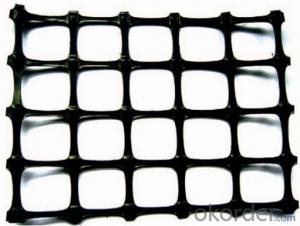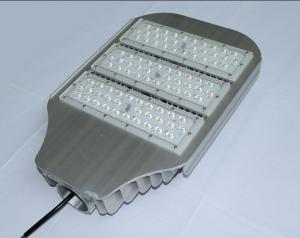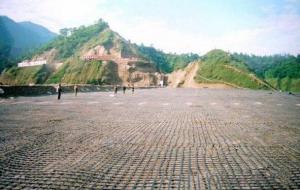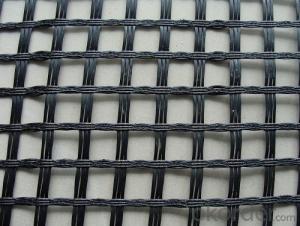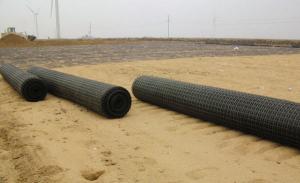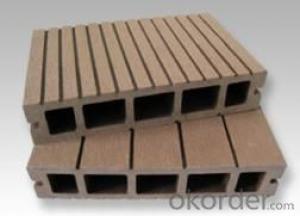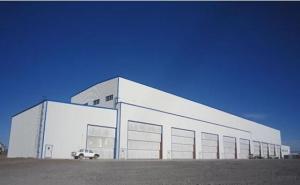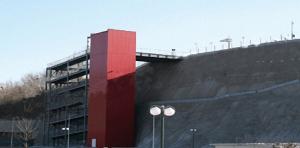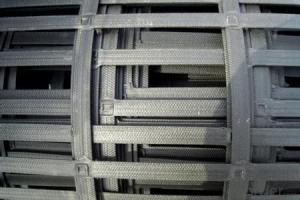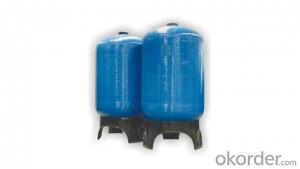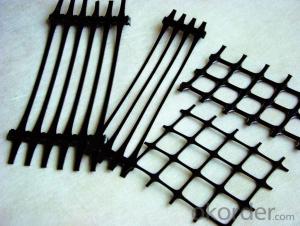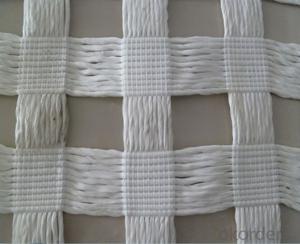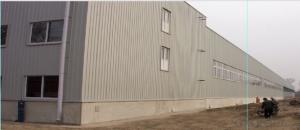Geogrid Driveway Cost
Geogrid Driveway Cost Related Searches
Fridge With Freezer On Bottom Driveway Pillars With Lights Blu Ray Player With Recorder Blu Ray Player With Internet Geogrid In Retaining Walls 1708 Biaxial Fiberglass Tape Pullout Resistance Of Geogrid Geogrid Warp Knitting Machine Srw 3 Series Geogrid Biaxial Plastic GeogridHot Searches
Fiberglass Scaffolding For Sale Fiberglass Panels For Sale Fiberglass Greenhouses For Sale Geogrid Fabric For Sale Gas Powered Core Aerator For Sale Revolution 4 Propeller For Sale Alabaster Carving Stone For Sale Geogrid For Sale Near Me Tensar Geogrid For Sale Geogrid For Sale Ex Display Log Cabins For Sale Photoelectric Cells For Sale Athletic Lockers For Sale Cubicle Partitions For Sale Stearman Propeller For Sale Palram Greenhouses For Sale Gumbo Bowls For Sale Suzuki Propellers For Sale Freight Crates For Sale Outhouse Sheds For SaleGeogrid Driveway Cost Supplier & Manufacturer from China
Okorder.com is a professional Geogrid Driveway Cost supplier & manufacturer, offers integrated one-stop services including real-time quoting and online cargo tracking. We are funded by CNBM Group, a Fortune 500 enterprise and the largest Geogrid Driveway Cost firm in China.Hot Products
FAQ
- Geogrids are manufactured by extruding or weaving polymer materials such as polypropylene or polyester into a grid-like structure. This process involves melting the polymer, forming it into a grid pattern, and cooling it to create a strong and flexible geogrid.
- Geogrids improve the performance of geocell-reinforced slopes for erosion control by providing additional strength and stability. They help distribute the load evenly across the slope, preventing soil movement and reducing erosion. Additionally, geogrids increase the frictional resistance between soil layers, enhancing the overall slope stability and preventing soil slippage.
- Geogrids improve soil stability by providing reinforcement and confinement to the soil, helping to distribute and transfer loads more evenly. They interlock with the soil particles, increasing the shear strength and preventing soil movement and erosion. Additionally, geogrids can enhance the load-bearing capacity of the soil, allowing for more efficient construction and reducing the risk of slope failures or settlement.
- Glass fiber mesh cloth is mainly used in what place
- Reinforced cement products (such as Rome column, flue, etc.) Danyang BOSCH Molding Co., Ltd.. 3) granite, mosaic dedicated network, marble back affixed to the network
- Geogrids enhance the stability of steep fill slopes by providing reinforcement and increasing the overall strength of the soil. They act as a stabilizing element by distributing load and reducing the potential for soil erosion. Additionally, geogrids improve the internal friction and cohesion of the soil, preventing slope failure and maintaining the integrity of the slope over time.
- Geogrids enhance the stability of steep railway embankments by providing reinforcement and confinement to the soil. They are placed within the embankment, creating a strong and stable structure that can withstand the forces of gravity and lateral movements. Geogrids distribute the load more evenly, reducing the risk of slope failure and erosion. Additionally, they improve the shear strength of the embankment, preventing soil movement and ensuring long-term stability.
- Yes, geogrids can affect groundwater flow. Geogrids are commonly used in civil engineering projects for soil stabilization and reinforcement. They can create a barrier that restricts the movement of water, altering the natural flow of groundwater. However, the extent of the impact on groundwater flow depends on various factors such as the design, installation, and permeability of the geogrids.



